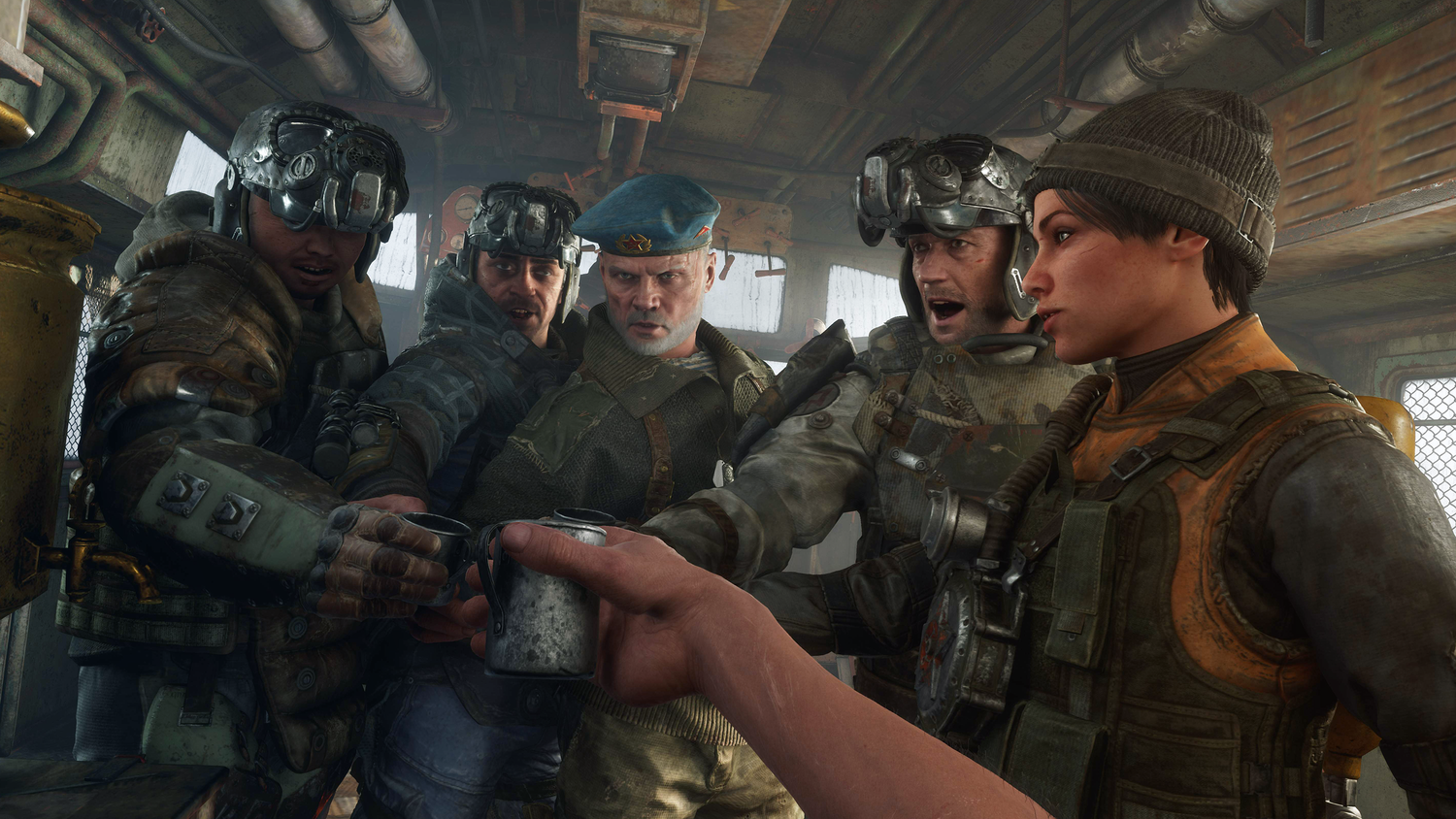You never change do you Nexus. My issue is with your overexaggeration. I know it saves time but AFAIK lighting game levels isn't the critical path in video game development. I doubt any game has ever been delayed because the lighting was taking a long time. The workflow for the vast majority (I would say 80%) of staff who develop games will not change (be faster) because of a switch from raster to RT.Exactly this.
Anyone who says HDR is crap or not impressive etc. just hasn't seen a proper HDR display where you have self emissive pixels or FALD.
Tell that to the ones who develop the games.... it is them who have stated the time savings, not me, one scene with one type of lighting from 4a enhanced:

4a enhanced also sent some footage to DF/Alex to show their workflow of one area/level.
There are multiple other "game" developers who have stated how much time is required with raster to get good results with lighting etc. too.
Unless you have something that proves otherwise?
The idea that RT saves soo much time that project budget for AAA game will reduce is nonsense. Any money saved will be so small it could be mistaken for a rounding error in this era where budgets are in the 10's of millions.
Not my screenshots, taken from DF comparison:
When you play the game and see what your light sources are and the way the environment interacts, it feels entirely natural and far more atmospheric, so much that I finished it second time round.
I had forgotten about this video. The RT looks great in certain area but in some scenes were I'm wondering where they are getting the extra light sources from. I seem to remember someone calling out DF for this video because there is some issue with their RT images.
Also LOL. unlimited bounces



The only way you are getting true unlimited bounces is with a powerpoint presentation. I doubt they use more than 3 actual bounces for most of the light sources. The unlimited stuff is markerting guff.
Last edited:





